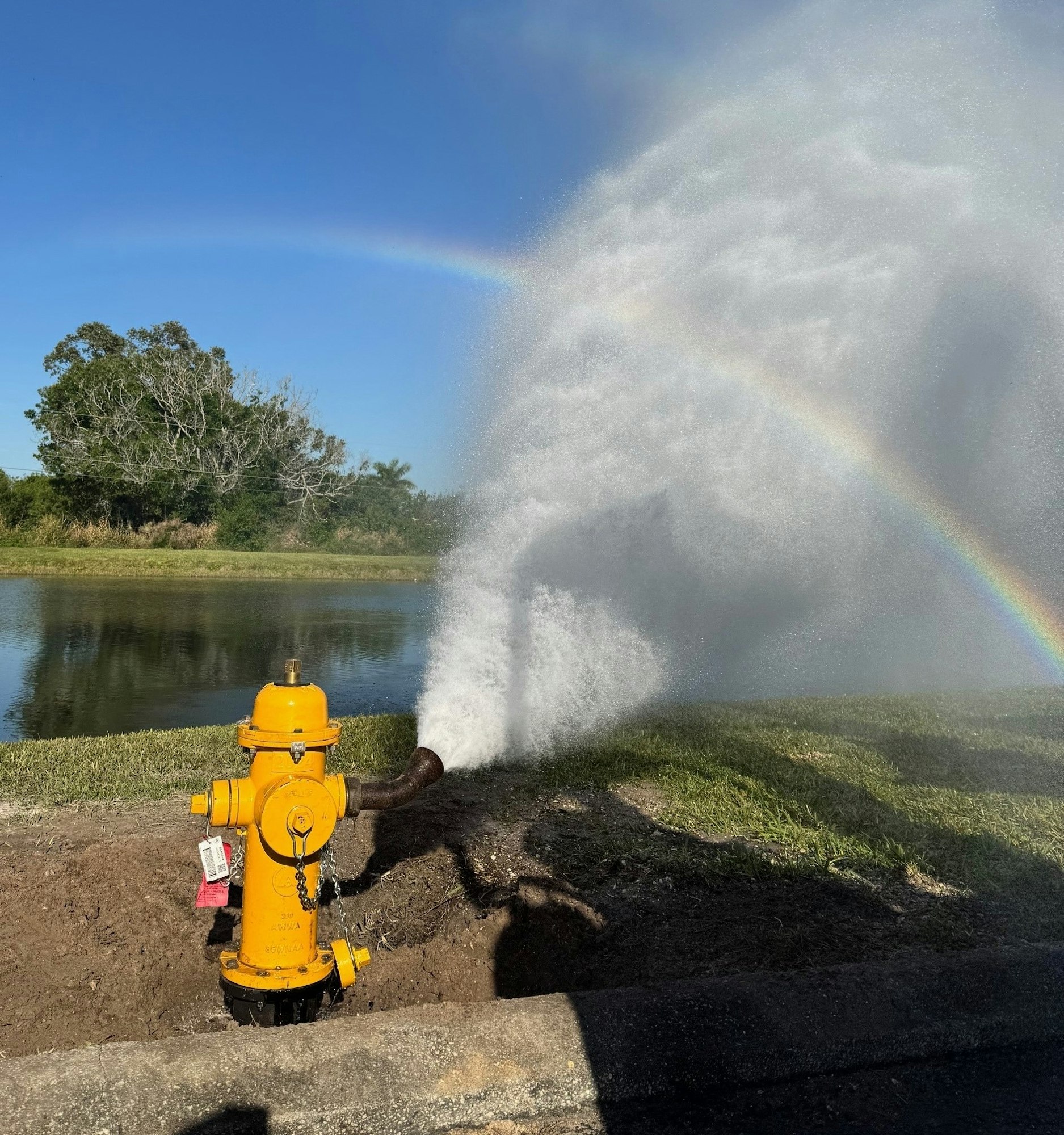Chlorine Flush

The Okeechobee Utility Authority (OUA) monitors the disinfectant residual in our distribution system on a daily basis. This measurement tells us whether we are effectively disinfecting our water supply.
Currently, the OUA uses chloramines for disinfection of the drinking water. Chloramines are created by combining chlorine and ammonia.
During this Free Chlorine Conversion, the disinfection process will be changed from chloramines to free chlorine. Free chlorine is a stronger and faster-acting disinfectant. It is typical for water systems that use chloramines to temporarily change to chlorine in order to clean water pipes and provide a reliable disinfectant residual throughout all points in the distribution system. Free Chlorine Conversion has proven to be more effective in killing organisms within the pipes of the distribution system.
The Okeechobee Utility Authority monitors the drinking water to ensure the levels of disinfectant are safe and consistent within our distribution system.
Be aware that although the level of chlorine is safe for consumption, chlorine must be removed from water used for kidney dialysis and aquariums.
To ensure water quality, it is a common practice to implement a two-part process that includes treatment modification and pipeline flushing. The Okeechobee Utility Authority conducts this water system flush twice per year, and the dates for the flush will be communicated to customers via mail with their bill, on social media, on our website, and through local media announcements.
Throughout the year, chloramine is used for drinking water disinfection. During a a few months each year, disinfection switches to free chlorine. This change is part of Okeechobee Utility Authority's annual program to maintain water quality throughout our distribution system. This is a common practice industry-wide.
Free chlorine and chloramine are common disinfectants that are ustilized to remove microbial contaminants (like bacteria) from raw water once it has been extracted from the ground or surface water. Disinfection occurs during the drinking water treatment process.
Chloramine is a water disinfectant. It provides long-lasting protection as water travels from the treatment plant to homes and businesses. This is very effective in large distribution systems, such as OUA's.
The Okeechobee Utility Authority routinely collects and tests samples to monitor for chloramine and chlorine levels in the water. The Environmental Protection Agency (EPA) regulates the safe use of chlorine and chloramine.
It is important to understand that during this change, there may be some discoloration or cloudiness in the water, and possibly a slight odor or taste. If this is experienced, you may want to run the water through the tap for a few minutes until it clears. Fire hydrant flushing should remove a majority of the color and odor, but some may reach customer lines during this process.
- Run the cold water tap for several minutes when the water is not used for several days.
- Collect and refrigerate cold tap water in an open pitcher
- You DO NOT need to boil your water or take other actions. This is NOT an emergency. If it had been, you would have been notified immediately.
- Minor pressure fluctuations and small air pockets may also occur.
- Discoloration in laundry water is possible during this time. Cleaning additives are readily available at local stores to help prevent or remove any discoloration that may occur.
This taste and smell are not a health risk, and all levels will continue to to meet the EPA standards.
These temporary conditions will not be harmful to your health; however, if you are on kidney dialysis, you should consult your physician for special instructions concerning this matter.
If you have tropical fish or aquatic animals, you should contact your local tropical fish store for advice and take appropriate action to ensure that you have properly treated the water before adding it to your aquarium.

